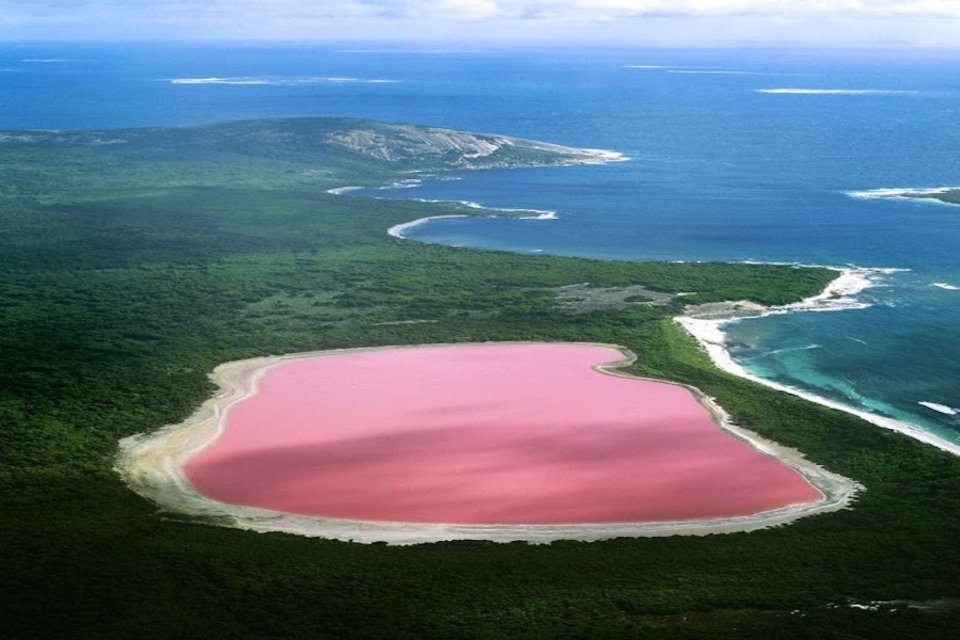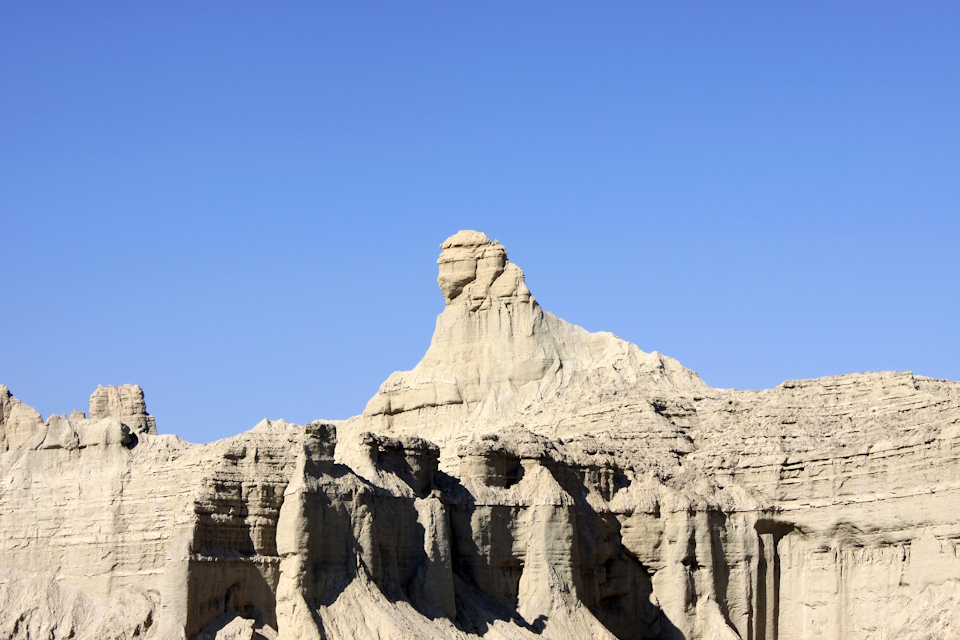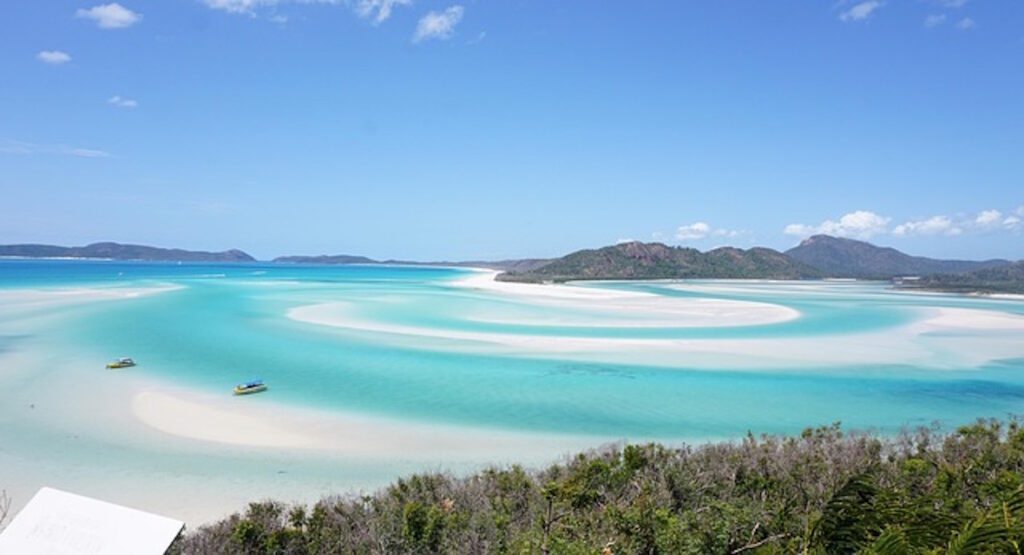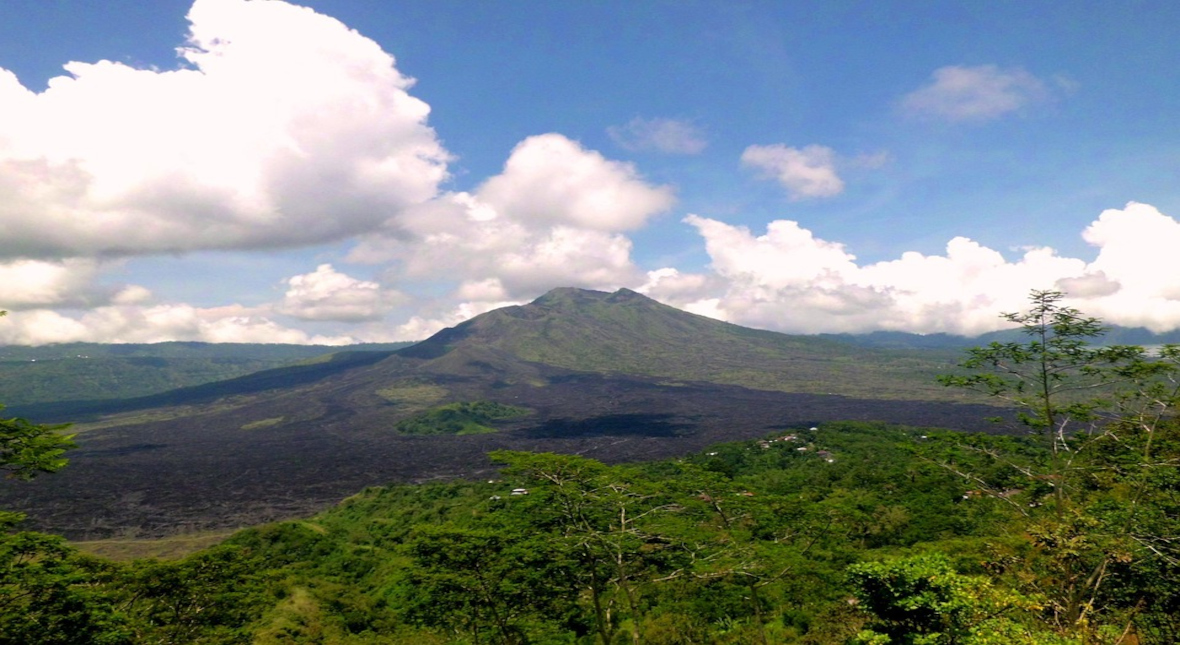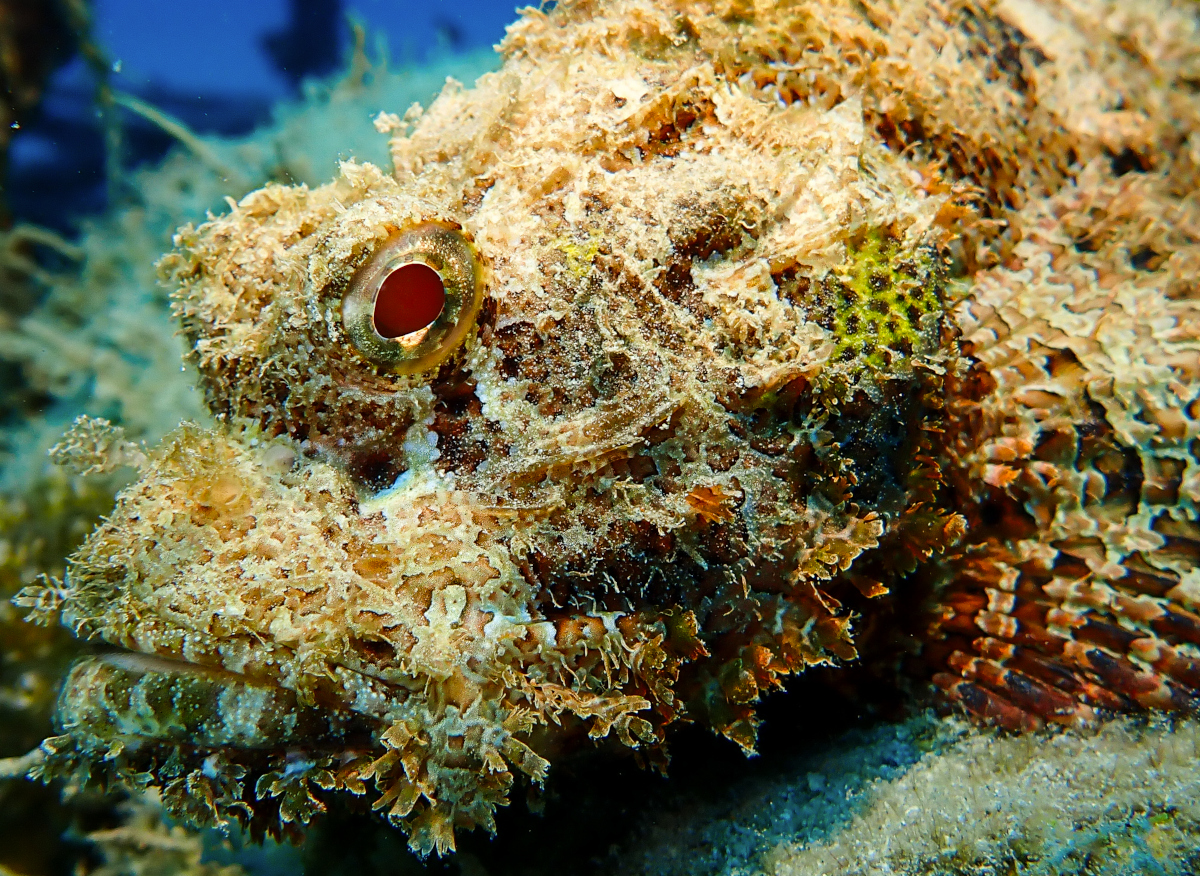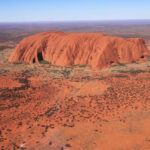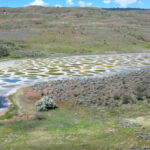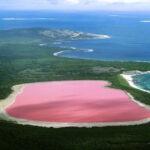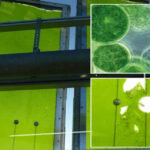Now Reading: Xiaozhai Tiankeng: A Breathtaking Natural Wonder
-
01
Xiaozhai Tiankeng: A Breathtaking Natural Wonder
Xiaozhai Tiankeng: A Breathtaking Natural Wonder
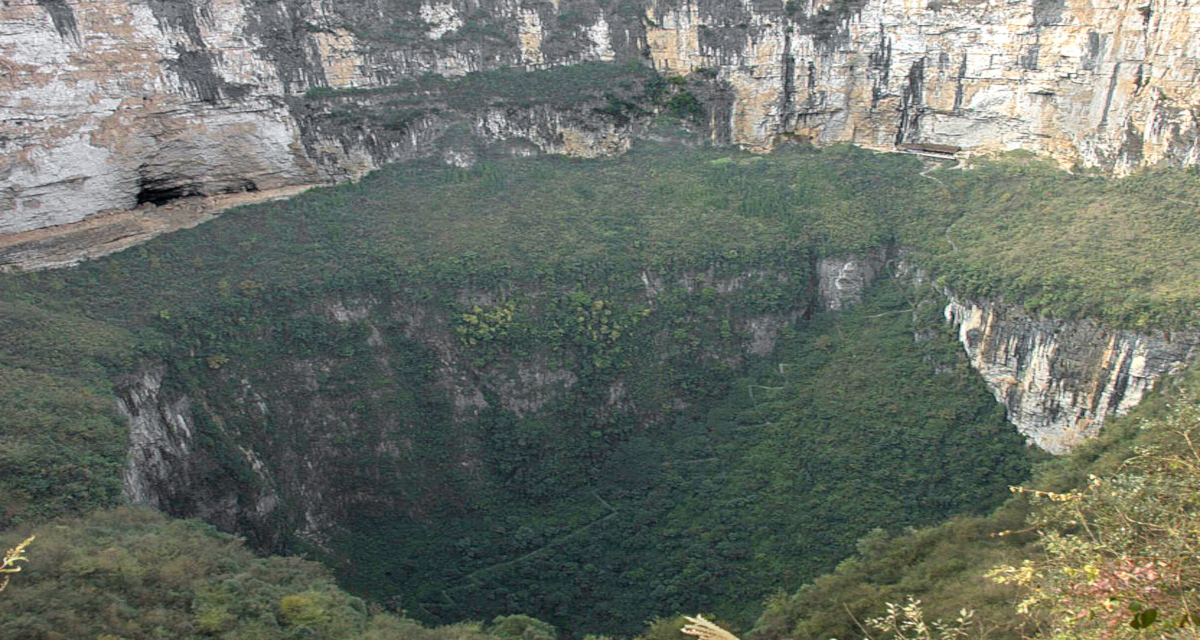
Hidden in the mist-shrouded karst landscapes of Fengjie County in Chongqing, China, lies a marvel of geological formation: the Xiaozhai Tiankeng, often referred to as the Heavenly Pit. At over 662 meters deep, with a length of 626 meters and a width of 511 meters, this titanic chasm holds the title of the world’s deepest sinkhole. It is not only a stunning natural landmark but also a geological wonder that offers unique insight into Earth’s subterranean processes.
The Geological Context: Karst Topography
Xiaozhai Tiankeng is a classic example of karst topography, a landscape shaped by the dissolution of soluble rocks, primarily limestone and dolomite. The region around the Tiankeng is underlain by thick layers of Devonian to Permian-aged limestone, deposited over 300 million years ago. Over time, slightly acidic rainwater seeped into cracks and fissures in the rock, slowly enlarging them and forming an intricate underground drainage system that eventually gave rise to vast caverns.
A Sinkhole Born of Collapse
Unlike some sinkholes that form suddenly, Xiaozhai Tiankeng originated through the collapse of a subterranean limestone cave. Over thousands of years, the continued dissolution and erosion of the cave’s ceiling weakened the rock until it could no longer support its own weight. A dramatic collapse ensued, creating the massive depression we see today. This collapse sinkhole is sometimes referred to as a tiankeng, a Chinese term for a very large sinkhole with steep vertical walls.
Double Nested Structure
One of the most fascinating aspects of Xiaozhai Tiankeng is its double-nested structure. It features two main vertical drops: an upper bowl roughly 320 meters deep and a lower section that plunges another 342 meters. These layers represent separate collapse events, likely spaced out by thousands of years. The steepness of the walls and the precision of these layers have made the Tiankeng a subject of ongoing geological study and admiration.
An Underground River’s Legacy
Running beneath the sinkhole is the Difu River, a powerful underground river that played a critical role in both the formation and continued evolution of the Xiaozhai Tiankeng. The Difu flows through a subterranean cave network extending over 8 kilometers, and its erosive force contributed to the weakening and collapse of the cave ceiling. The river emerges from a karst spring near the bottom of the sinkhole, reappearing briefly before diving underground again.
A Biodiversity Hotspot in the Depths
Despite its seemingly harsh conditions, Xiaozhai Tiankeng is teeming with life. Its microclimate, characterized by high humidity, constant shade, and reduced human interference, has created a biodiversity sanctuary. Botanists have identified over 1,200 plant species in and around the sinkhole, including ancient ferns, mosses, and rare orchids that thrive in the moist, sheltered environment.
Home to Endemic and Rare Species
The fauna of Xiaozhai Tiankeng is just as remarkable. It provides habitat for several endemic and endangered species, including the elusive clouded leopard and the Chinese giant salamander, one of the world’s largest amphibians. Birds nest along the vertical cliffs, while unique cave-dwelling insects and arthropods inhabit the darker recesses. Scientists believe that the isolation of the sinkhole has allowed for microevolutionary processes, resulting in species found nowhere else on Earth.
A Vertical Ecosystem
The Tiankeng’s vertical structure creates a layered ecological system, with different environmental zones occurring at various depths. The upper edges, exposed to sunlight, are dominated by shrubs and small trees. Deeper into the sinkhole, the vegetation transitions into moss-covered rock faces and shade-tolerant plants. At the bottom, where sunlight rarely reaches, fungi and damp-loving species dominate, forming an ecosystem reminiscent of a natural terrarium.
A Thrill-Seeker’s Dream Destination
For those who love adventure, the Xiaozhai Tiankeng offers an exhilarating experience:
A 2,800-step staircase allows visitors to descend into the depths of the sinkhole, providing a once-in-a-lifetime trek.
The sinkhole is a hotspot for extreme sports, including cave diving, rock climbing, and spelunking.
Other Natural Wonders Similar to Xiaozhai Tiankeng
1. Devil’s Sinkhole – Texas, USA
A massive vertical shaft over 122 meters (400 feet) deep.
Famous for its massive bat colony—millions of Mexican free-tailed bats swirl out at dusk.
Like Xiaozhai, it’s a collapsed limestone cave, with a mysterious, almost spiritual vibe.
2. Dean’s Blue Hole – Bahamas
The deepest known saltwater blue hole at 202 meters (663 feet).
Formed similarly through karst erosion, but now filled with seawater.
It’s a surreal spot for freediving and marine life exploration—think “Xiaozhai Tiankeng underwater.”
3. Darvaza Crater (“Door to Hell”) – Turkmenistan
Not a sinkhole by natural erosion, but a collapsed natural gas field lit on fire in 1971—and it’s still burning!
It has an eerie, otherworldly glow, drawing travelers and photographers from around the globe.
4. Great Blue Hole – Belize
A near-perfect circular marine sinkhole about 300 meters wide and 124 meters deep.
Part of the Belize Barrier Reef, a UNESCO World Heritage Site.
Stalactites deep below the surface hint that it formed during an ice age when sea levels were lower.
5. Bimmah Sinkhole – Oman
A stunning emerald-water sinkhole formed by limestone collapse.
Unlike Xiaozhai, it’s easily accessible and perfect for swimming.
Local legends say it was formed by a meteor—locals call it the “Hawi al-Najm” (Falling Star).
6. Qingtian Karst Sinkhole Cluster – China
Recently discovered (2022) in South China, this lush, forest-filled sinkhole is over 190 meters deep.
Just like Xiaozhai, it hides a thriving mini-ecosystem, with ancient trees and possibly undiscovered species.
7. Cave of Swallows (Sótano de las Golondrinas) – Mexico
A world-famous vertical cave that’s over 370 meters (1,200 feet) deep.
Paragliders and base jumpers love it—but it’s also home to rare birds and incredible biodiversity.
What Ties Them Together?
These sites all represent:
Karst landscapes formed by erosion of limestone.
Hidden ecosystems or extreme environments.
A mix of danger, beauty, and mystery—perfect for adventurers, scientists, and storytellers alike.











